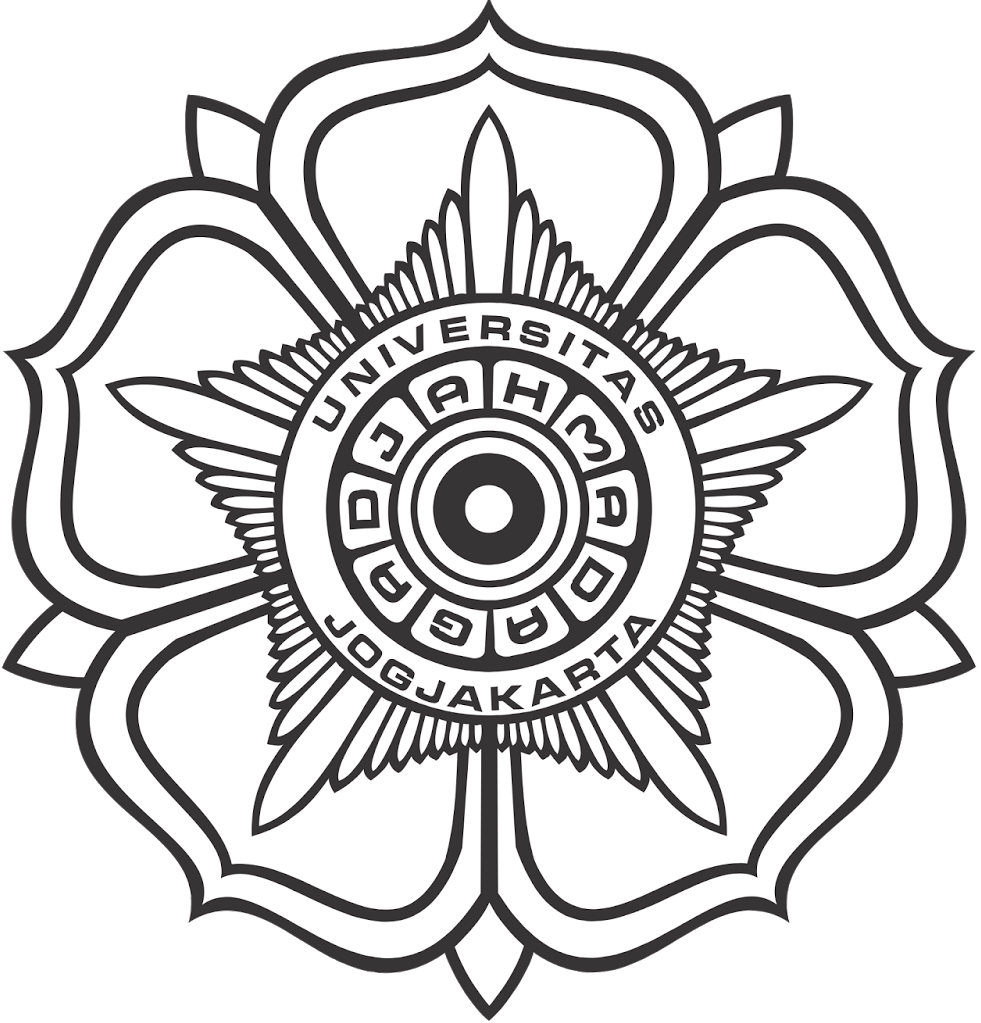Antibacterial activity of ethanolic extract of leaves and bulbs of Crinum asiaticum L. against acne-inducing bacteria
Abstract
The antibacterial activity of ethanolic extract of leaves and bulbs of Crinum asiaticum L. was tested against Propionibacterium acnes, Staphylococcus aureus and Staphylococcus epidermidis, pathogenic bacteria that cause acne. Minimum Inhibitory Concentration (MIC) and Minimum Bactericidal Concentration (MBC) were determined by dilution methods. MIC and MBC of ethanol leaves extract were found for P. acnes (1.25 and 2.5 mg/mL), S. aureus (5 and 10 mg/mL) and S. epidermidis (2.5 and 5 mg/mL). While MIC and MBC of ethanol bulbs extract were found for P. acnes (7.5 and 15 mg/mL), S. aureus (7.5 and 15 mg/mL) and S. epidermidis (3.75 and 7.5 mg/mL). Further study conducted on the ethanol leaves extract against P. acnes to analyze cell leakage (nucleic acid and protein) by ultraviolet spectrophotometry, metal ion (K+ and Ca2+) by atomic absorption spectrometry, and observed alteration of the cell wall by scanning electron microscopy (SEM). The result showed that ethanol leaves extract could damage the cell wall and affect the permeability of cell membrane which marked by release of nucleic acid (absorbance 0.3307-0.4299), protein (absorbance 0.0616-0.101), ion K+ (8.167-15.757 mg/mL), ion Ca2+ (5.47-13.74 mg/L) from the cell and alter morphology of cell wall of P. acnes.
Key words: Antibacterial, Crinum asiaticum L., Propionibacterium acnes
Full Text:
PDF 236-241References
Adesanya, S. A., Olugbade, T. T., Odebiyl, O. O. and Aladesanmi, J. A., 1992, Antibacterial Alkaloids in Crinum jagus, Pharmaceutical Biology,, 30(4), 303-307,
Athikomkulchai, S., Watthanachaiyingcharoen, R., Tunvichien, S., Vayumhasuwan, P., Karnsomkiet, P., and Sae-Jong, P., 2008, The Development of Anti-Acne Products from Eucalyptus globulus and Psidium guajava Oil, J. Health Res, 22(3),109-113
Brooks, G. F., Butel, J. S. and Morse, S. A., 2005, Mikrobiologi Kedokteran, Terjemahan oleh Bagian Mikrobiologi Fakultas Kedokteran Universitas Airlangga, Salemba Medika, Jakarta
Burkhart, C. G., Burkhart, C. N. and Lehmann, P. F., 1999. Acne: A Review of Immunologic and Microbiologic Factors, Postgrad Med. J., 75: 328–331
Chomnawang, M. T., Surassmo, S., Nukoolkarn, V. S. and Gritsanapan, W., 2005, Antimicrobial effects of Thai Medicinal Plants against acne-inducing bacteria, J. Ethnopharmacol, 10: 303-330
Cox, S. D., Mann, C. M., Markham, J. L., Gustafson, J. E., Warmington, J. R. and Wyllie, S. G., 2001, Determining the Antimicrobial Actions of Tea Tree Oil. Molecules, 6: 87-91
Han, S. M., Lee, K. G., Yeo, J. H., Baek, H. J. and Park, K., 2010, Antibacterial and AntiInflammatory Effects of Honeybee (Apis Mellifera) Venom Against Acne-Inducing Bacteria, J. of Medicinal Plants Research, 4(6): 459-464
Kim, Y. H., Park, E. J., Park, M. H., Badarch, U., Woldemichael, G. M. and Beutler, J. A., 2006, Crinamine from Crinum Asiaticum var. japonicum Inhibits Hypoxia Inducible Factor-1 Activity But Not Activity of Hypoxia Inducible Factor-2, Biol Pharm Bul, 29(10), 2140-2142
Miksusanti., Jennie, B. S. L., Panco, B. dan Trimulyadi, G., 2008, Kerusakan Dinding Sel Escherichia coli K1.1 oleh Minyak Atsiri Temu Kunci (Kaempferia pandurata), Berita Biologi 9(1):1-8
Naufalin, R., 2005, Kajian Sifat Antimikroba Ekstrak Bunga Kecombrang (Nicolaia speciosa Horan) Terhadap Berbagai Mikroba Patogen dan Perusak Pangan, Tesis, Jurusan Teknologi Pangan, Fakultas Pertanian, IPB, Bogor
Sukatta, U., Rugthaworn, P., Pitpiangchan, P. and Dilokkunanant, U., 2008, Development of Mangosteen Anti-Acne Gel, Kasetsart J. (Nat. Sci) 42: 163-168
Suliantari, 2009, Aktivitas Antibakteri dan Mekanisme Penghambatan Ekstrak Sirih Hijau (Piper betle Linn) Terhadap Bakteri Patogen Pangan, Disertasi, Jurusan Ilmu Pangan, Sekolah Pascasarjana, IPB, Bogor
Swanson, J. K., 2003, Antibiotic Resistance of Propionibacterium acnes in Acne Vulgaris, Dermatology Nursing 15(4): 359-362
Tranggono, R.I.S., 1996, Kiat Apik Menjadi Sehat dan Cantik, Gramedia Pustaka Utama, Jakarta
Webster, G. F., 2002, Acne Vulgaris, BMJ, 325(7362):475–479
Yang, D., Pornpattananangkul, D., Nakatsuji, T., Chan, M., Carson, D., Huang, C.M., and Zhang, L, 2009, The Antimicrobial Activity of Liposomal Lauric Acids Against Propionibacterium acnes, Biomaterials 30: 6035-6040
DOI: http://dx.doi.org/10.14499/indonesianjpharm0iss0pp236-241
Refbacks
- There are currently no refbacks.
Copyright (c) 2017 INDONESIAN JOURNAL OF PHARMACY

This work is licensed under a Creative Commons Attribution-ShareAlike 4.0 International License.
Indonesian J Pharm indexed by:







































